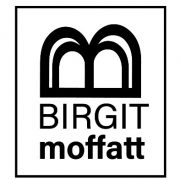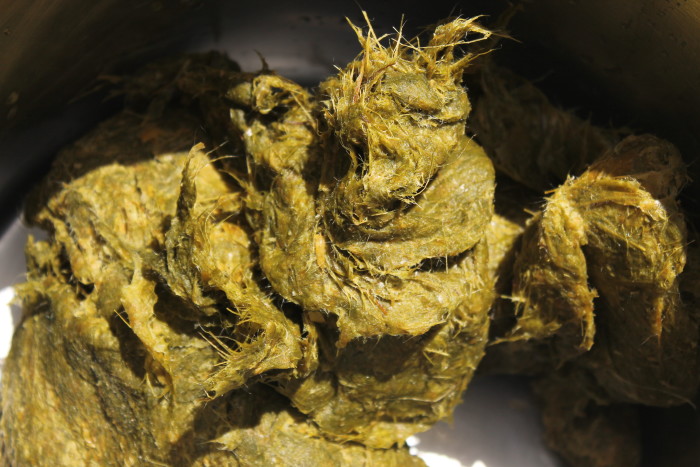Just came back from a 5 days workshop in Whanganui to meet the lovely Australian artist Meredith Woolnough and to learn some of her sewing techniques.
Here are some of her samples she brought to show us. She basically sews with her sewing machine using the free motion food onto soluble paper which will wash away later. This way she creates wonderful fragile flat or sulptural pieces she frames or put in resin.


I had a few arguments with my new sewing machine as I haven’t done hardly any machine sewing in my life but just when I lost confidence in her (and me) the magic happened: I did my first sculpture, some threads are lost and hanging loose but I still like my very organically looking shape and the shadows.
 I also tried to put objects into resin, one piece is stitched and the other is harakeke paper. The almost transparent look is amazing.
I also tried to put objects into resin, one piece is stitched and the other is harakeke paper. The almost transparent look is amazing.

 Getting braver I stitched three leaf shapes to be mounted on foam board.
Getting braver I stitched three leaf shapes to be mounted on foam board.


At the end of the week we had a little exhibition showcasing everybody’s lovely works. It was a week full of learning, sharing and fun thanks to the organizers Trisha and Julz, the tutors, and the crew from Ad astra hostel. Sure I will be back next year!












